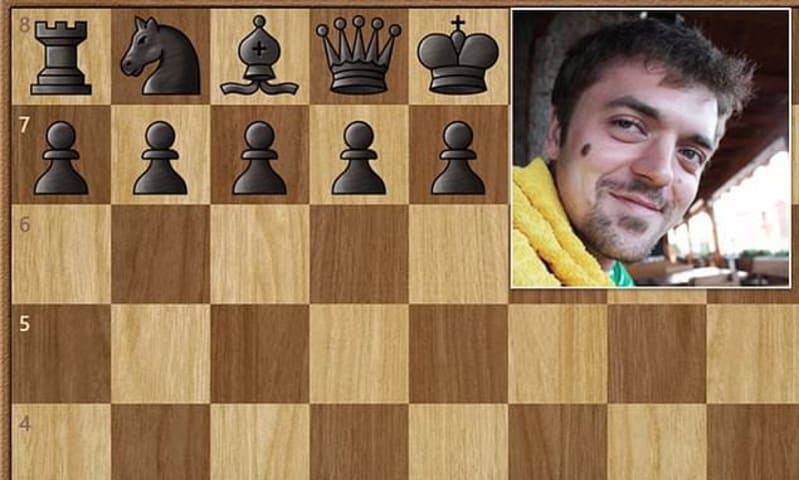インシデントのステータス
Risk Subdomain
3.1. False or misleading information
Risk Domain
- Misinformation
Entity
AI
Timing
Post-deployment
Intent
Intentional
インシデントレポート
レポートタイムライン

約200万回の視聴と8,000件のコメントを獲得したYouTube動画は、リトルトンのわいせつな「本当の犯罪」の物語を詳細に描いており、動画の説明によると「町を根底から揺るがす秘密と嘘の隠された世界を暴露した」とのこと。
唯一の問題は?
リトルトンの不動産業者が「秘密のゲイの情事」の後に義理の息子に殺害されたという「心をつかむ本当の犯罪物語」は、どう見ても完全なフィクションだ。この25分間の動画は、おそらく生成型人工知能プログラムで作成され、ナレーションもされている。
「この…


デンバー — コロラド州リトルトンで起きた卑劣な殺人事件に関する動画がYouTubeで話題になっている。月曜日の時点で、この25分間の動画の再生回数は200万回近くに上る。
問題は、この「真実の犯罪」ドキュメンタリーは実際の犯罪に関するものではないということだ。この映画は、すべて人工知能、つまりAIを使って制作されたようだ。
真実の犯罪事件ファイルは、YouTubeで真実の犯罪コンテンツの定番スポットとしてブランド化している。このコンセプトはすぐに広まった。2023年12月以…

コロラド州で起きた殺人事件を題材にした「真実の犯罪」と銘打ったミニドキュメンタリー2本は完全に偽物で、どうやら人工知能によって作られたようだと警察は発表した。
性的関係を持っていた義理の息子に殺害されたリトルトンの男性に関する25分の映画はYouTubeで200万回再生され、フォートコリンズの男性が妻を殺害した事件に関する別の映画は20万回再生された。これらの動画では、殺人犯とされる人物と被害者のAI生成写真が使用され、弁護士の名前が捏造され、都市に関する基本的な事実が間違っ…

コロラド州リトルトンで起きた架空の殺人事件を描いた YouTube 動画が話題となり、再生回数が 200 万回近くに達した。しかし、この動画は実際の犯罪に基づいたものではない��。
この「真実の犯罪」ドキュメンタリーは、すべて 人工知能 を使用して作成された。この動画の制作元であるチャンネル「True Crime Case Files」は、YouTube の真実の犯罪コンテンツの発信地としてブランド化され、急速に人気を集めている。
ひどい。私はそれほど頭が良くないが、偽物だとす…
バリアント
よく似たインシデント
Did our AI mess up? Flag the unrelated incidents
よく似たインシデント
Did our AI mess up? Flag the unrelated incidents







